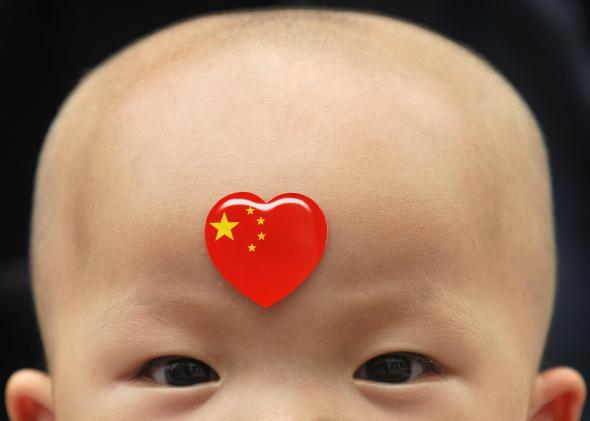Earlier today, China announced that it would finally loosen its decade old one-child policy. This policy has had a disturbing affect in China in the form of skewed demographics.
It’s well known that China’s population is aging rapidly, causing the workforce to shrink. And without siblings, children are under tremendous financial pressure as they have to care for their own aging parents. But those aren’t even the most disturbing trends, wrote BI’s Mamta Badkar citing a 2011 report from Nomura.
“Perhaps the more alarming concern for population sustainability is the large imbalance between baby girls and boys,” wrote the Nomura analysts. Here’s more:
“Women are bearing only 0.71 girls over their lifetime, well below the replacement figure of just over unity. In 2010, there were 51m more men than woman in the country. The sex ratio among newborns is 120 boys for every 100 girls, the highest in the world (Figure 39). At this rate, there will not be enough brides for as many as one-fifth of today’s baby boys when they get to marrying age, heightening the risk of social tensions.”
Reforms couldn’t come soon enough.

Nomura
See also: The Most Important Charts in the World, According to Wall Street
